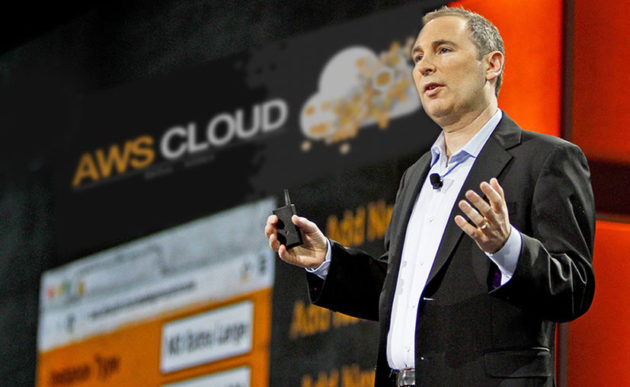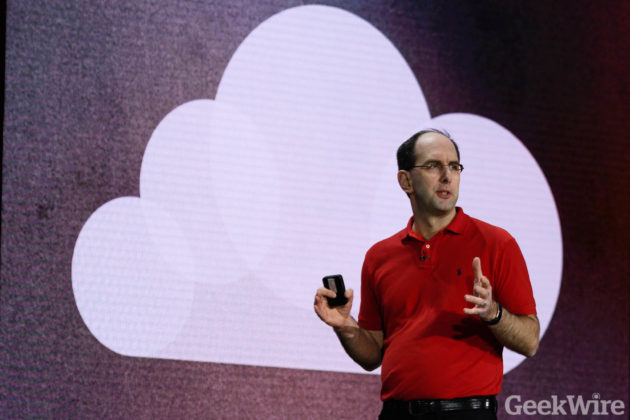Original Article Posted at: The Cloud in 2017; Seven Key Trends
Here’s a no-brainer: 2017 will be a big year for the cloud. Cloud computing is an innovation rivaling the advent of client-server, the PC or the internet, and it’s going to enjoy continued vigorous growth in the new year.
But private data centers aren’t going away. Though the essential balance of power within the public-cloud world won’t change much, competition may favor companies that best serve the organizations straddling private data centers and the public cloud — which is to say, most of them.
Here are some of the key cloud trends to watch this year.

Revenue will rise sharply for the big public-cloud providers. Forrester is predicting that revenue from public-cloud services, combined with software as a service, will grow at a compounded annual rate of 22 percent between 2015 and 2020, reaching $236 billion. VC firm North Bridge estimated that public-cloud spending alone will grow to $522 billion in 2026, from $75 billion in 2015, a compound annual growth rate of 19 percent. It predicts platform as a service will see the greatest growth (33 percent CAGR), followed by software as a service (19 percent) and infrastructure as a service (18 percent).
Market leader Amazon Web Services is on track to generate at least $12 billion in annual revenue this year, with no signs of slowing down in 2017. Second-place Microsoft Azure in the most recent quarter enjoyed growth of greater than 100 percent year over year, and Azure’s annualized revenue run rate exceeded $13 billion in the most recent quarter. These growth rates may fluctuate by quarter but show no sign of flagging overall.

Other major companies, including HP and Cisco, are getting squeezed out by AWS and Azure. But Oracle’s Larry Ellison is making lots of noise as his company vows to challenge AWS and the other three principal contenders in the cloud: Microsoft, Google and IBM.
The cloud will be used for more and more production workloads. Cloud services were initially used mainly for development and testing, but they are coming into much greater use for production workloads, and that trend will continue. Production migrations have tended to range between one and 50 per organization, said cloud pundit David Linthicum, senior vice president at Cloud Technology Partners. In 2017, they’ll range into the hundreds, he predicted. But it will continue to be rare for companies to go all-in on the cloud, abandoning their own data centers.
The list of computing resources available “as a service” will continue to expand as public-cloud providers, especially AWS, expand their offerings, eating into business once held by their partners and by software developers. This will kill some partners and ISVs and cause resentment among others, but that won’t stop the trend.
Private data centers won’t go away. A great majority of organizations will continue to straddle the line between data-center-based computing and the public cloud. There will continue a desire to keep data on-premises for legal and privacy reasons. Linthicum calls the private-public straddle “the pragmatic hybrid cloud.”
Based on a survey of 1,351 cloud companies, North Bridge predicts that current numbers — 47 percent doing the straddle, 30 percent strongly embracing the public cloud and 23 percent favoring a private cloud — will hold in the new year.
So if they’re smart, public-cloud companies will improve their pragmatic hybrid cloud offerings. Microsoft disappointed some prospective customers with hardware limitations it put on its Azure Stack, which promises the same controls over applications running on-premises and in the Azure cloud. It would do well to broaden that offering.
Original Article Posted at: The Cloud in 2017; Seven Key Trends
